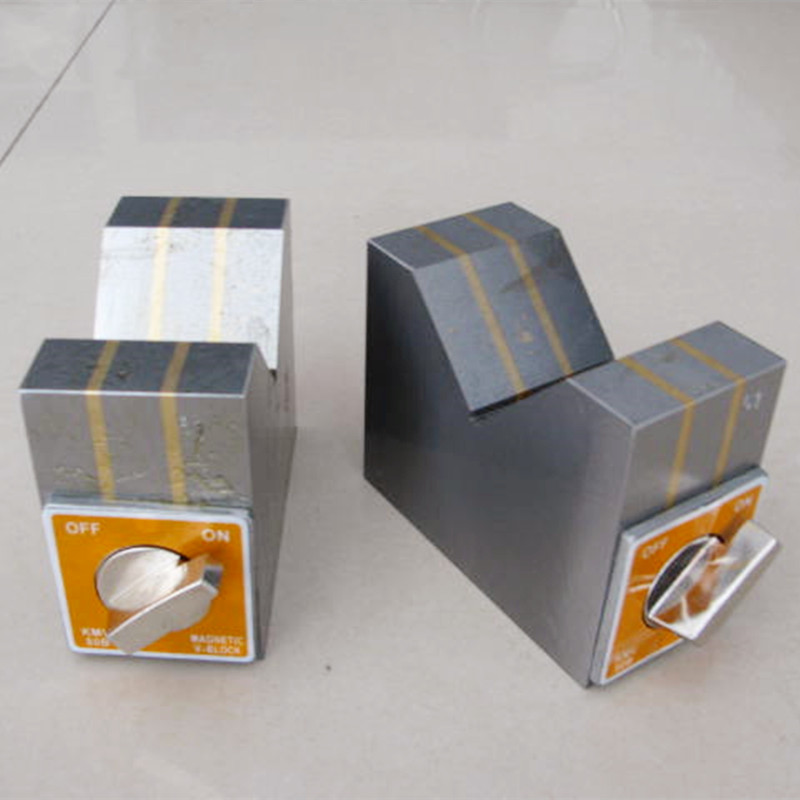Қыр . 22, 2024 03:53 Back to list
hydraulic check valve types
Understanding Hydraulic Check Valve Types
Hydraulic check valves are essential components in fluid power systems, ensuring that hydraulic fluid flows in one direction and preventing backflow. This vital function enhances the operational efficiency and safety of hydraulic machinery, making an understanding of the various types of hydraulic check valves important for engineers and professionals in the field. This article explores the main types of hydraulic check valves, their applications, and benefits.
1. Swing Check Valves
Swing check valves operate using a disc or hinge mechanism. The valve remains closed under pressure, and the disc swings open when fluid flows in the designated direction. This type is ideal for applications with large flow rates, as they have a lower pressure drop compared to other types. However, they are not suitable for applications with rapidly fluctuating pressures, as they may not close quickly enough to prevent backflow.
Lift check valves use a vertically-moving disc that rises against the flow of fluid to open and falls to a seat to close. They are more effective in high-pressure applications and offer a quick response to flow changes. This design allows for a tighter seal than swing check valves, making them suitable for applications requiring strict flow control. They are often used in hydraulic circuits, water supply systems, and pumping applications.
3. Dual Plate Check Valves
hydraulic check valve types

As the name suggests, dual plate check valves feature two plates that open and close with flow direction. Their compact design makes them an excellent choice for tight spaces, and they typically have a lower weight than traditional swing or lift check valves. They provide a good sealing mechanism and are often used in oil and gas applications, where reliability and efficiency are paramount.
4. Ball Check Valves
Ball check valves use a spherical ball to block the flow when it starts to reverse. This design is straightforward and highly effective for smaller diameter pipes. Ball check valves are typically used in hydraulic systems where quick response times and low-pressure drops are priorities. They are ideal for applications like fuel systems and water treatment plants.
5. Spring Check Valves
Spring check valves incorporate a spring mechanism to assist in sealing the valve. When the fluid flows in the correct direction, the pressure overcomes the spring, opening the valve. If backflow occurs, the spring forces the valve closed. This type of check valve is commonly used in applications with intermittent flow, such as in hydraulic cylinders, to prevent fluid leakage and maintain pressure.
Conclusion
Choosing the appropriate type of hydraulic check valve is crucial for the performance and reliability of hydraulic systems. Understanding the differences between swing, lift, dual plate, ball, and spring check valves helps engineers make informed decisions based on specific application needs. As the demand for efficient hydraulic systems continues to grow, the role of these valves in maintaining operational integrity and safety cannot be overstated. Each type serves a unique purpose, and their proper selection and installation play a key role in enhancing the overall functionality of hydraulic machinery.
-
Precision Manufacturing with Advanced Spline Gauge DesignNewsJul.31,2025
-
Industrial-Grade Calibrated Pin Gauges for Exact MeasurementsNewsJul.31,2025
-
Industrial Filtration Systems Depend on Quality Filter DN50 SolutionsNewsJul.31,2025
-
High-Performance Gate Valve WholesaleNewsJul.31,2025
-
Granite Surface Plate The Ultimate Solution for Precision MeasurementNewsJul.31,2025
-
Granite Industrial Tools The Ultimate Guide for Bulk BuyersNewsJul.31,2025
Related PRODUCTS









